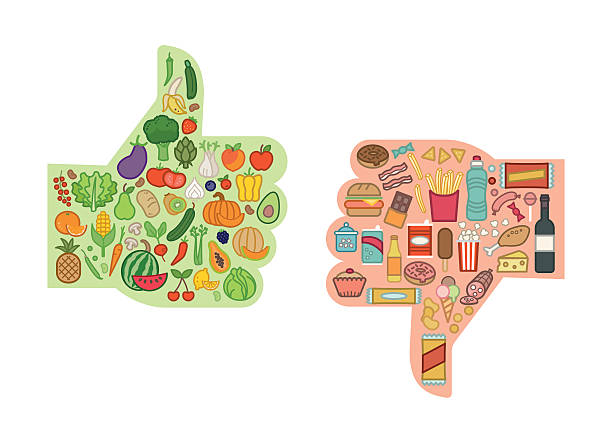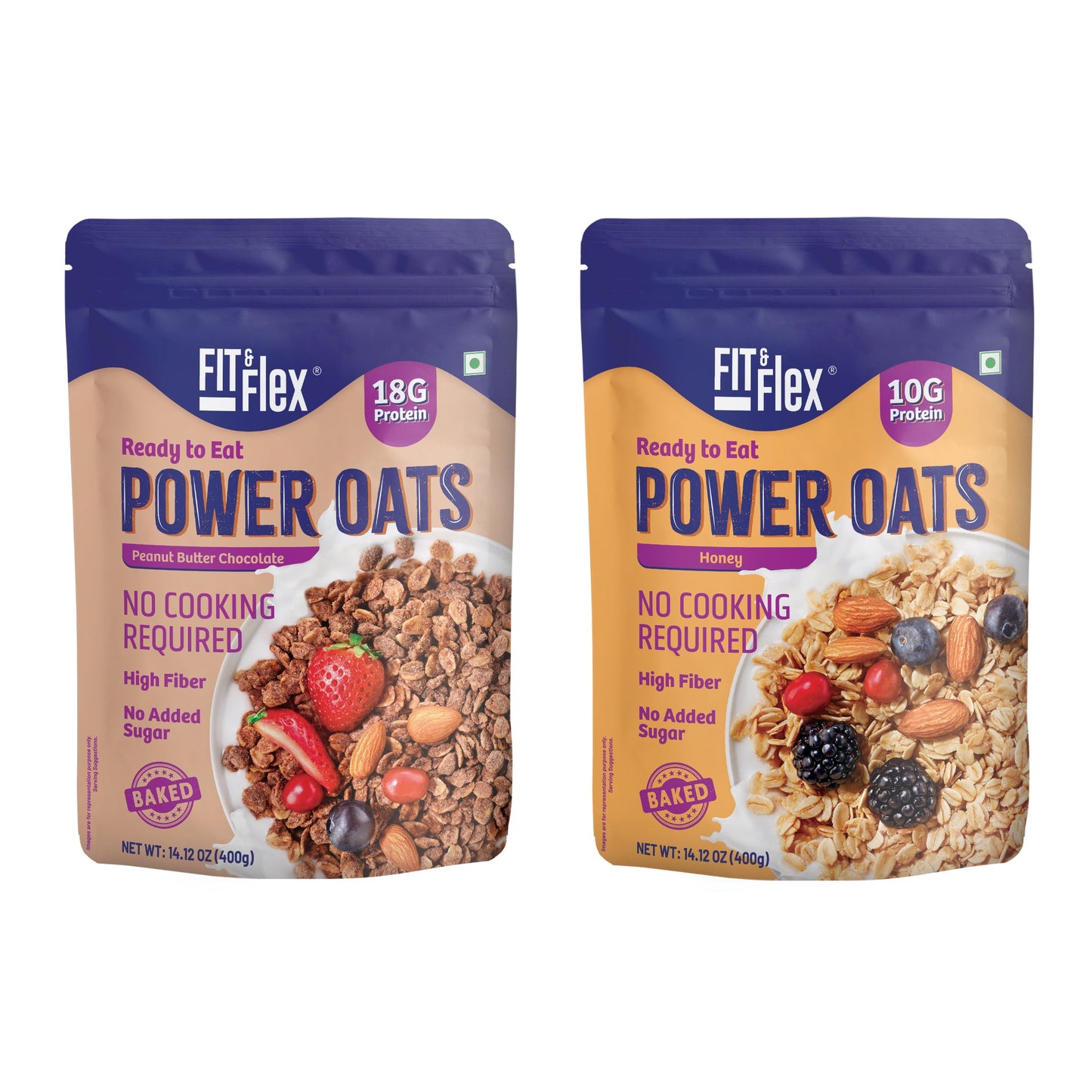Unlocking Optimal Health: Your Practical Guide to Everyday Nutrition

In today’s fast-paced world, maintaining a healthy diet can be challenging. With busy schedules, endless food options, and conflicting nutritional advice, it’s easy to feel overwhelmed. However, healthy eating doesn’t have to be complicated. By understanding basic nutrition principles and making practical choices, you can achieve a balanced and nutritious diet that fits seamlessly into your daily life. Here's your definitive guide to healthy eating in real life.
1. Understanding the Basics of Nutrition
Macronutrients
- Carbohydrates: The body’s primary energy source. Opt for complex carbs like whole grains, vegetables, and fruits, which provide sustained energy and essential nutrients.
- Proteins: Essential for building and repairing tissues. Include a variety of sources such as lean meats, fish, beans, nuts, and seeds.
- Fats: Necessary for hormone production, brain function, and energy. Focus on healthy fats from sources like avocados, olive oil, nuts, and fatty fish.
Micronutrients
- Vitamins and Minerals: Vital for various bodily functions. Ensure a diverse diet rich in fruits, vegetables, lean proteins, and whole grains to cover your micronutrient needs.
Hydration
- Water: Essential for digestion, nutrient transport, and temperature regulation. Aim for at least 8 glasses of water a day, adjusting for activity level and climate.
2. Building a Balanced Plate
The Plate Method
- Half Plate Vegetables and Fruits: Aim for a variety of colors and types to maximize nutrient intake.
- Quarter Plate Protein: Choose lean protein sources and vary them to include both animal and plant-based options.
- Quarter Plate Whole Grains: Include whole grains like brown rice, quinoa, and whole wheat pasta for sustained energy.
Portion Control
- Mindful Eating: Pay attention to hunger and fullness cues to avoid overeating. Use smaller plates and bowls to help control portions.
- Balance and Moderation: Enjoy all foods in moderation, including treats. Focus on overall dietary patterns rather than single meals.
3. Practical Tips for Healthy Eating
Planning and Preparation
- Meal Planning: Plan your meals and snacks for the week to avoid last-minute, unhealthy choices. Include a variety of foods to keep meals interesting.
- Batch Cooking: Prepare larger quantities of food and store portions for later use. This saves time and ensures you always have healthy options available.
Grocery Shopping
- Shop the Perimeter: Focus on the outer aisles of the grocery store where fresh produce, meats, and dairy are usually located.
- Read Labels: Look for foods with minimal ingredients and no added sugars or unhealthy fats.
Eating Out
- Make Informed Choices: Choose restaurants that offer healthy options. Opt for grilled, baked, or steamed dishes instead of fried foods.
- Portion Awareness: Restaurant portions can be large. Consider sharing a dish or taking half home for later.
4. Overcoming Common Challenges
Time Constraints
- Quick and Healthy Recipes: Find recipes that are quick to prepare but still nutritious, like salads, stir-fries, and sheet-pan meals.
- Healthy Convenience Foods: Stock up on healthy convenience foods like pre-washed salad greens, canned beans, and frozen vegetables.
Budget-Friendly Eating
- Seasonal Produce: Buy fruits and vegetables that are in season for better prices and freshness.
- Bulk Buying: Purchase whole grains, nuts, and seeds in bulk to save money.
Dealing with Cravings
- Healthy Substitutes: Satisfy sweet cravings with fruits or dark chocolate. Opt for air-popped popcorn or nuts for savory cravings.
- Stay Hydrated: Sometimes thirst is mistaken for hunger. Drink water throughout the day to stay hydrated.
5. Integrating Healthy Eating into Your Lifestyle
Mindset and Behavior
- Positive Attitude: Focus on the benefits of healthy eating rather than restrictions. Enjoy the process of discovering new foods and recipes.
- Consistency Over Perfection: Aim for a balanced diet most of the time, but don’t stress over occasional indulgences.
Social and Emotional Factors
- Support System: Surround yourself with people who support your healthy eating goals. Share meals with family and friends to stay motivated.
- Mindful Eating: Practice mindfulness during meals to enhance enjoyment and recognize satiety signals.
FAQs:
1. What are the basics of nutrition I should know?
- Macronutrients: Carbs for energy, proteins for tissue repair, fats for hormone production. Aim for complex carbs, lean proteins, and healthy fats.
- Micronutrients: Essential vitamins and minerals found in fruits, vegetables, lean proteins, and whole grains.
- Hydration: Drink at least 8 glasses of water daily for digestion, nutrient transport, and temperature regulation.
2. How can I build a balanced plate?
- The Plate Method: Half plate veggies/fruits, quarter plate protein, quarter plate whole grains.
- Portion Control: Listen to hunger/fullness cues, use smaller plates, focus on balance and moderation.
3. What practical tips can help me eat healthier?
- Planning and Preparation: Meal plan for the week, batch cook, include variety.
- Grocery Shopping: Shop the perimeter, read labels for minimal ingredients and no added sugars.
- Eating Out: Choose restaurants with healthy options, be aware of portion sizes.
4. How can I overcome common challenges like time constraints and budget?
- Time Constraints: Find quick and healthy recipes, stock up on convenient healthy foods.
- Budget-Friendly Eating: Buy seasonal produce, bulk buy whole grains/nuts/seeds.
5. How can I deal with cravings and integrate healthy eating into my lifestyle?
- Dealing with Cravings: Opt for healthy substitutes, stay hydrated.
- Mindset and Behavior: Focus on benefits, aim for consistency over perfection.
- Social and Emotional Factors: Surround yourself with support, practice mindful eating.
6. What's the key to healthy eating in real life?
Healthy eating in real life is about making informed choices that fit your lifestyle. Understand nutrition basics, plan ahead, and make small, consistent changes. It's not about perfection, but sustainable, positive changes for your well-being. Enjoy the journey to a healthier you!
Conclusion
Healthy eating in real life is about making informed choices that fit your lifestyle. By understanding basic nutrition, planning ahead, and making small, consistent changes, you can achieve a balanced and nutritious diet. Remember, it’s not about perfection, but about making sustainable, positive changes that enhance your well-being.




